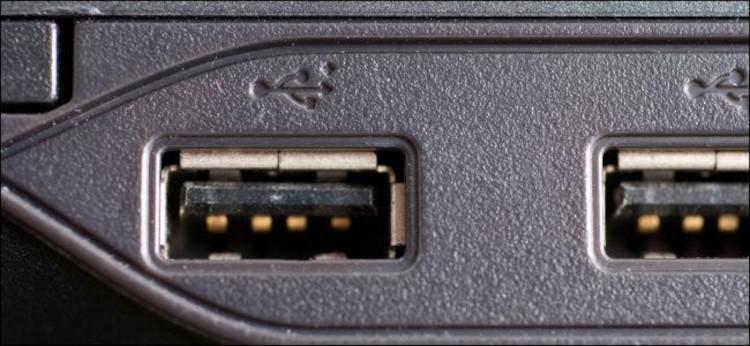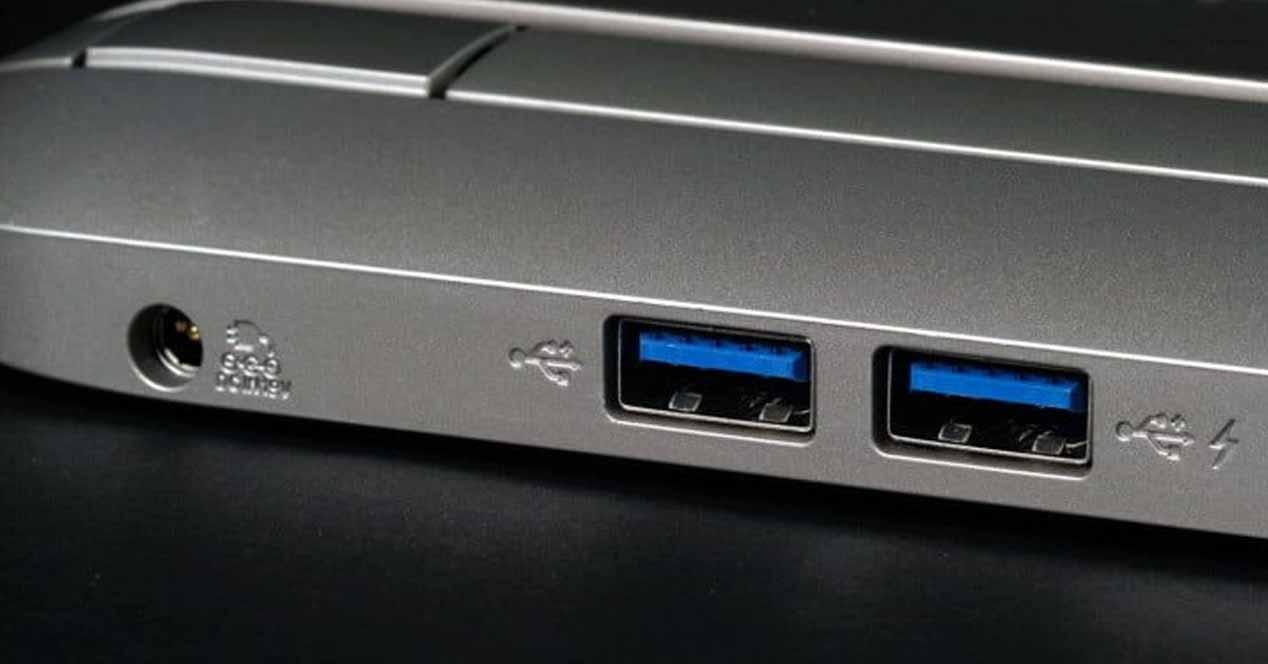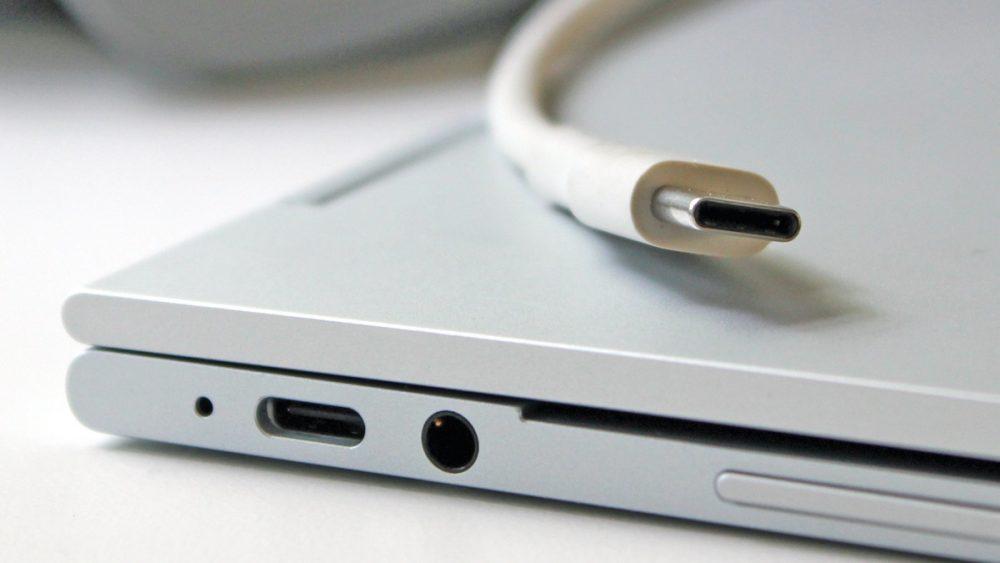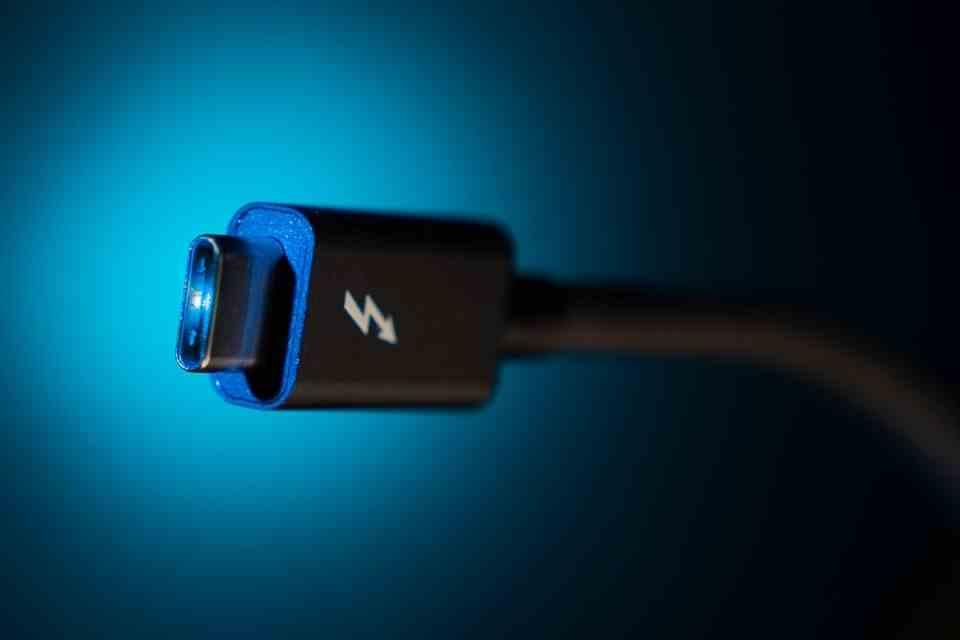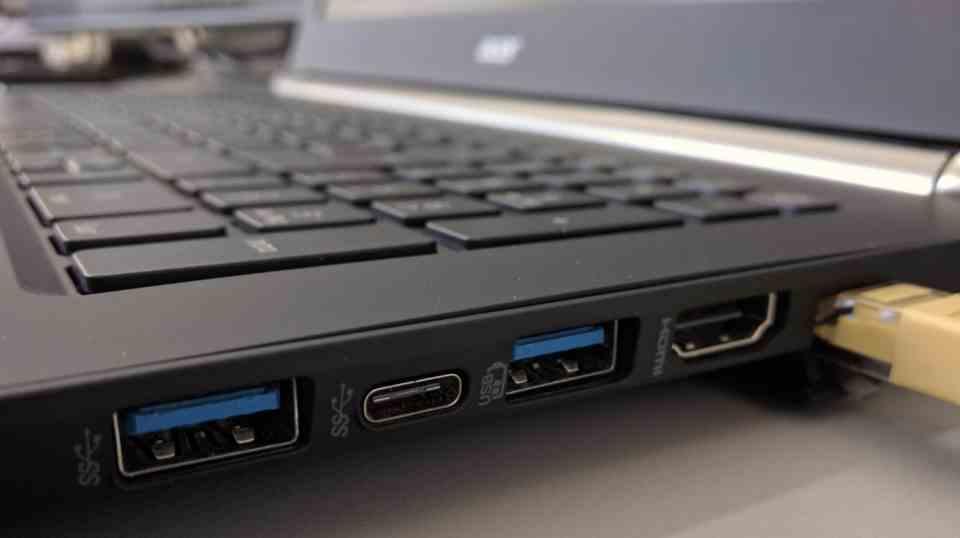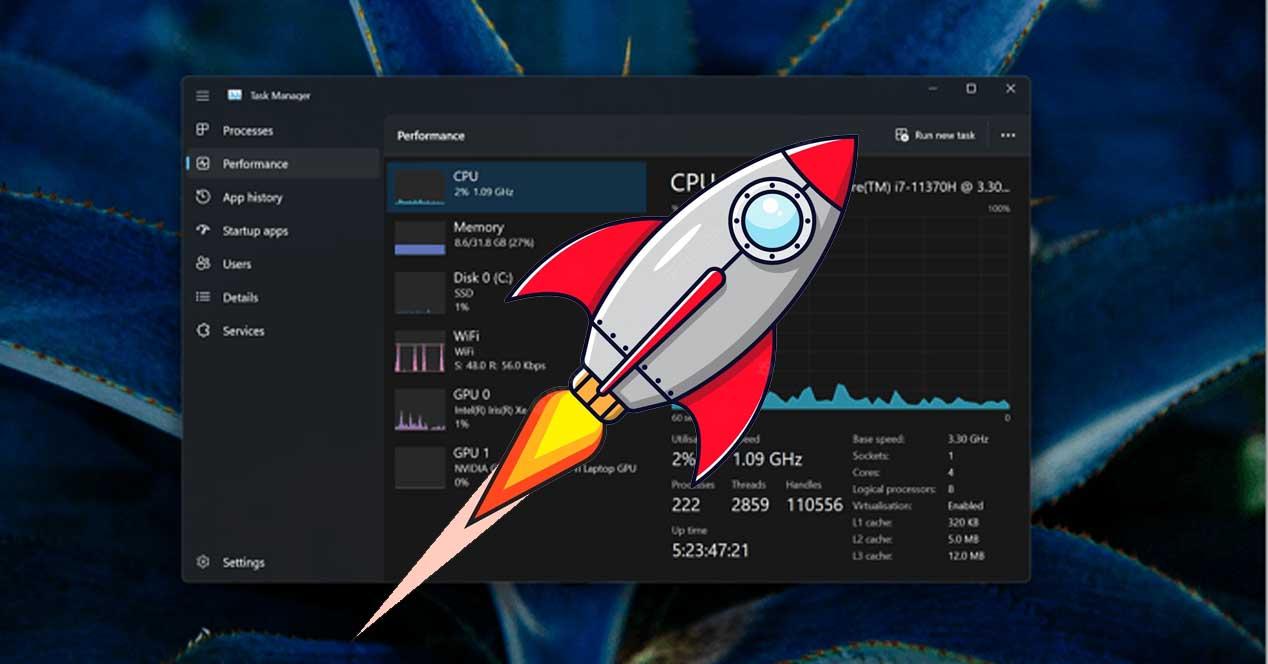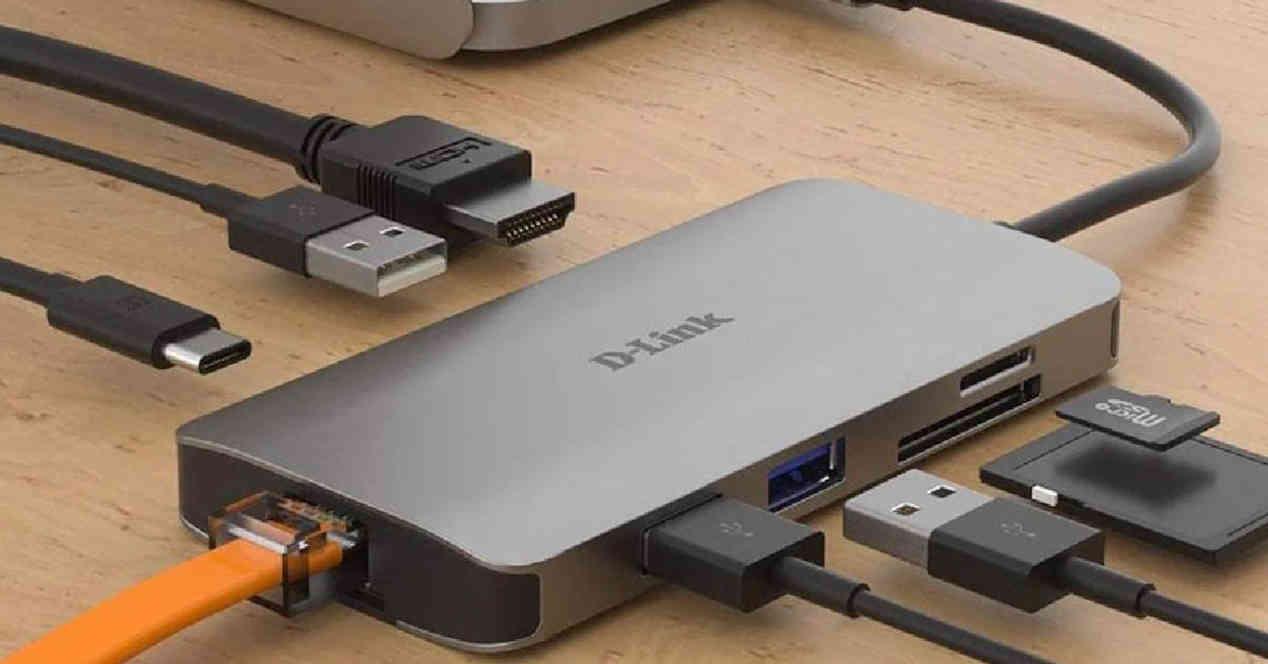
The universal serial bus is a protocol for the communication of peripherals to a computer through a port or interface that serves to communicate them. The USB port is what allows our digital cameras, printers, scanners, mobile phones, hard drives, etc. Its development began in 1994 by the USB Implementers Forum and is technically an evolution of the SIO port on Atari computers. As a curiosity, several of the engineers who worked on the USB had worked on the creation of the SIO port in the late 70s for the 8-bit Atari.
The origins and first generation of USB
The first USB ports became available in late 1995, but very few peripherals ever made use of them. Version 1.0 of the standard had a bandwidth of 12 Megabits per second, which was much more than what certain common peripherals such as keyboard and mouse needed that were working at that time on PS / 2-type ports at 99%. of computers.
This led to the creation of the USB 1.1 standard, which was not faster than 1.0, but had a low power mode that allows it to operate at 1.5 Mbits per second. Even with the reduced bandwidth it was a significant leap from the classic peripheral ports on the PC. Like the parallel port, which transmitted only 800 Kbits per second and the serial ports that ranged from 115 to 450 Kbits per second.
But what made USB popular was the huge number of interfaces available and the incompatibilities they generated in the I / O controller of PCs. So USB was born with the aim of solving this problem. With companies like Intel, Microsoft, Compaq, LSI, Apple and Hewlett-Packard among its main proponents it was soon included in most computers as a standard port.
Hi-Speed USB, the biggest jump in bandwidth
Version 2.0 of the standard represented a qualitative leap compared to version 1.0 of the standard. Maintaining backward compatibility with USB 1.1. The second version of the standard raised the bandwidth from 12 megabits per second to 480 megabits per second. Being the most spectacular jump ever made in the history of the USB standard, since we are talking about a 40-fold jump in terms of bandwidth.
The increase in bandwidth served to welcome two new types of peripherals that due to USB 1.1 speed limitations suffered a bottleneck that affected their performance. The first of these were external hard drives and the second, video cameras. Not in vain until then it was common to use Gigabit Ethernet or IEEE-1394 interfaces, colloquially known as a FireWire port, for this type of peripheral.
The speed of USB 2.0 allows moving the FireWire port on PCs, which was not used except in Apple’s Macintosh where it came standard. On the PC, however, it was not usual to see this port and little by little both hard drives and cameras began to adopt the USB 2.0 port together with FireWire, when even Macs began to use the second version of USB, the IEEE-1394 disappeared .
Another novelty offered by the USB 2.0 standard was the ability to power peripherals from the USB port itself. Thanks to the fact that the port went from delivering 100 mA of current of the first generation of USB to 500 mA of USB 2.0
USB Super Speed and the arrival of Type C
A decade after the launch of the USB port, version 3.0 of the standard or better known as USB SuperSpeed was introduced. With an increase in its bandwidth that went from 480 Mbits per second to 4.8 Gbps and being fully backward compatible with version 2.0 of the standard. As for its ability to power peripherals, this is greater, having gone from 500 mA to 900 mA.
The new standard brought about major changes in the lineage of the different types of USB ports, which meant the creation of new USB interfaces. It can be said that the USB 3.0 ports are designed so that you can connect a USB 2.0 cable, but not the other way around, since the 2.0 and 1.0 interfaces do not have the necessary pins for peripherals compatible with USB 3.0. To make things easier for the novice user, the USB 3.0 ports use the color blue.
In 2013 and five years after the introduction of USB 3.0, its improved version was released in the form of USB 3.1. Among its novelties is the fact of doubling the bandwidth and going from 900 mA to 1.5 amps when feeding peripherals. Starting with USB 3.1, a new variant of USB was created, USB type C. Which did not expand the bandwidth, but its amperage, going from 1.5 amps to 3 amps.
The third and last version of the USB SuperSpeed was 3.2, introduced in 2017 and doubling the bandwidth again to 20 Gigabits per second and with the ability to power the peripherals with 5 amps. Thanks to the increase in speed in both USB 3.1 and USB 3.2, it was possible to use the USB port for video transmission through the DisplayPort protocol, allowing to unify the video, power and data cables in a single cable USB type C.
The future of USB passes through the fourth generation
Version 4.0 of the standard will completely abandon the classic form of type A to be an improvement of type C and double the bandwidth again up to 40 Gbits per second, apart from being fully compatible not only with the USB 3.2 and 3.1 standards but also with Thunderbolt 3. Not surprisingly, USB 4.0 is also the Thunderbolt 4 standard.
Another improvement is in the fact that the new standard will be able to transmit data and video at the same time without sacrificing the transmission and reception channels of USB Type C based on versions 3.1 and 3.2 of the standard. This will allow the USB 4.0 standard to reach the highest possible clock speed by combining video and data.
In addition, its charging power will be improved compared to USB 3.0, it is expected that in a few years we will say goodbye to the different types of proprietary power connectors that we use to charge our laptops.
Summary of USB generations and types and their bandwidth
To finish we leave you a summary table on the different bandwidths of the USB port and what variants of the port supports each generation.
| Generation | Bandwidth | Variants |
|---|---|---|
| USB 1.1 | 12 Mbits / s (1.5 Mbits / s in low consumption) | Type A |
| USB 2.0 | 480 Mbits / s, USB 1.1 | Type A, Type B, Mini-USB, Micro-USB, USB OTG. |
| USB 3.0 | 5 Gbits / s, USB 2.0, USB 1.1 | Type A, Type B, Mini-USB, Micro-USB, USB OTG. |
| USB 3.1 | 10 Gbits / s, USB 3.1, USB 2.0, USB 1.1 | Type A, Type B, Mini-USB, Micro-USB, USB OTG. Type C |
| USB 3.1 | 20 Gbits / s, USB 3.1, USB 3.0 USB 2.0, USB 1.1 | Type A, Type B, Mini-USB, Micro-USB, USB OTG. Type C |
| USB 4.0 | 40 Gbits / s, USB 3.2. USB 3.1 | Type C |
And remember, the fact that a PC supports a USB generation does not mean that the peripherals do, if these are USB 1.1 if you connect them to a USB 2.0 port of the PC they will not go at the speed of a 2.0.
